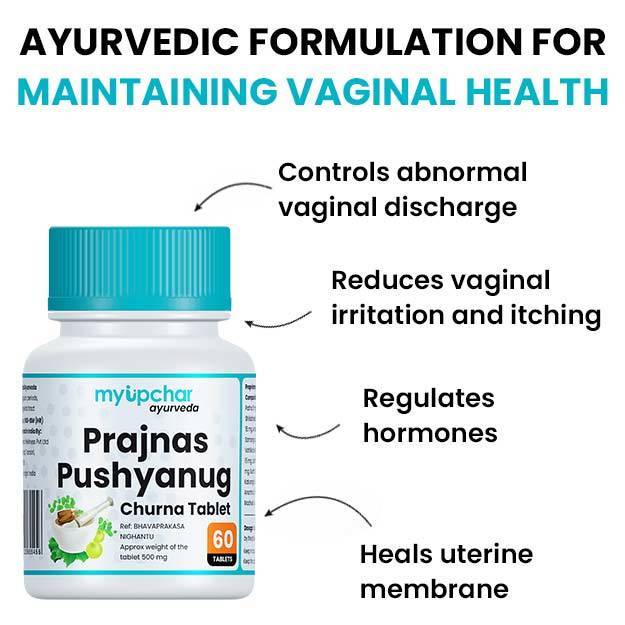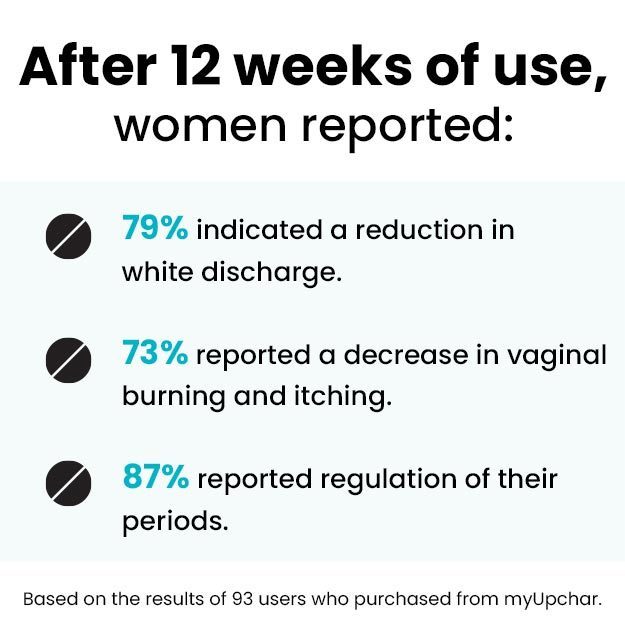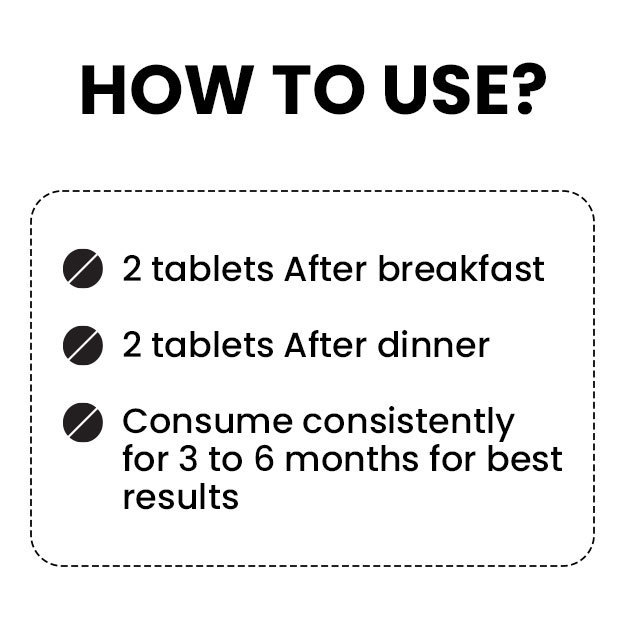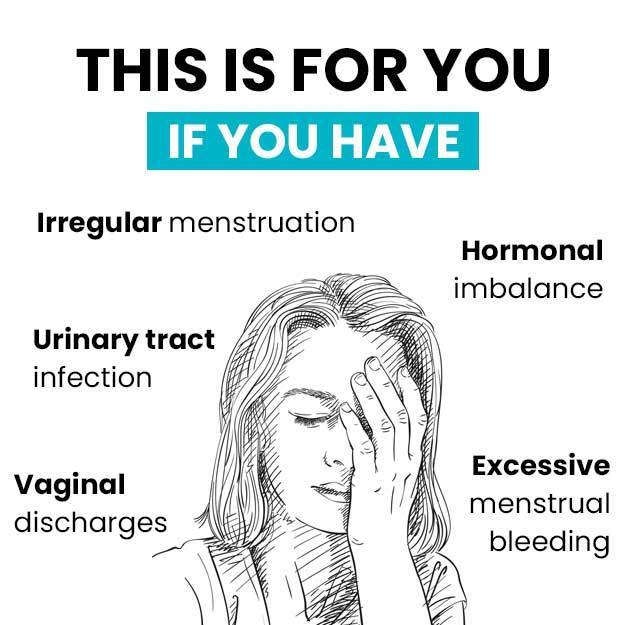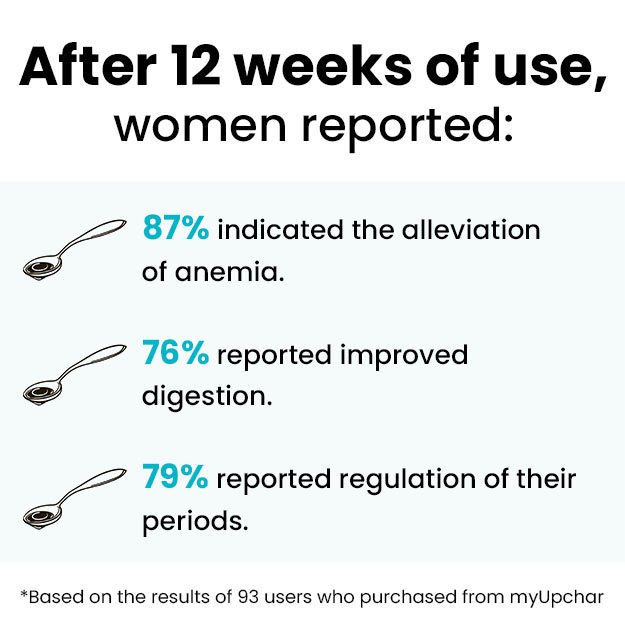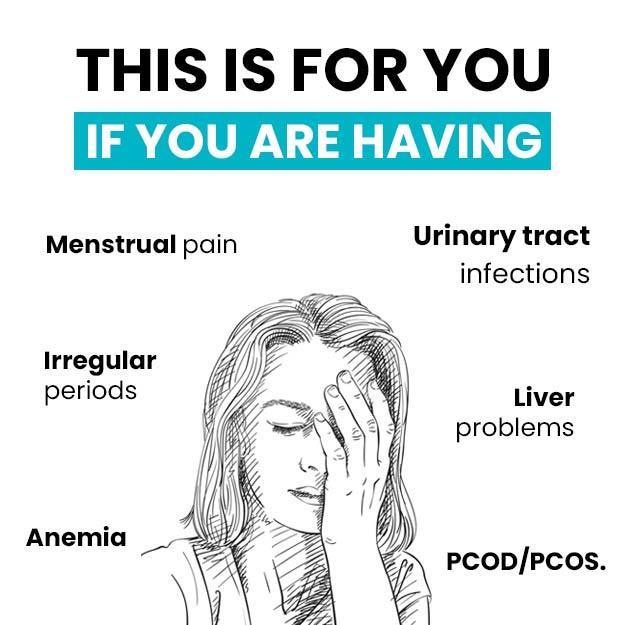Summary
Following the onset of puberty, every woman expects to have her period once a month. While it may take a while for the menstrual cycle to regularise, over time, the period starts to appear in a regular pattern. A typical menstrual cycle lasts for around 28 days. It is common for the cycle to be slightly longer or shorter, and most women start to understand how their period cycle works. It is, however, not uncommon for them to have irregular periods.
Irregular periods are experienced when the duration or gap between two periods is not consistent. Some women have an extremely irregular cycle and do not know when the next period will arrive. Another common experience involves either very heavy or scanty bleeding.
Often, we tend to view period-related problems in a very generalised manner and believe that they can be treated using one universal method. However, various complications could cause irregular periods, and knowing the underlying problem can help address it optimally.
(Read more: How to induce periods)




























